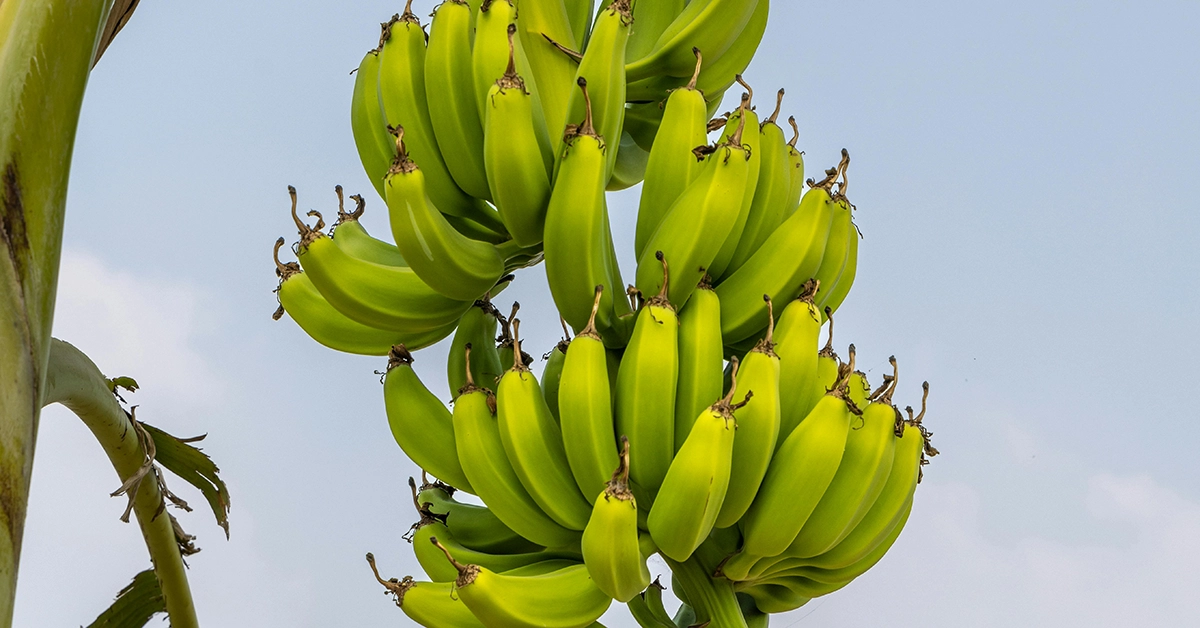Banana production worldwide faces a significant threat from a group of destructive weevil species known as banana borers. These tunneling pests, including the banana root borer (Cosmopolites sordidus), banana pseudostem borer (Odoiporus longicollis), and rice root weevil (Rhabdoscelus obscurus), cause substantial damage by burrowing into the corms and pseudostems of banana plants. The internal damage disrupts nutrient and water flow, leading to stunted growth, wilting, and reduced fruit yield, ultimately causing significant economic losses for farmers. Understanding the characteristics, life cycle, and management strategies for these specific pests is essential for protecting banana crops and ensuring agricultural productivity.
————————————————– ————————————————–
Banana Weevil Borers: A Trio of Troublemakers Tunneling Through Banana Plants
Banana borers are a group of destructive weevil species that tunnel into banana plants, causing significant damage and economic losses. Here’s a deep dive into these tunneling terrors, focusing on the three most common species:
————————————————– ————————————————–
————————————————– ————————————————–
The Notorious Three
- Cosmopolites sordidus (Banana Root Borer, Banana Weevil): This is the most serious insect pest of bananas worldwide. Adults are grayish-black or dark brown, about 11 millimeters (0.43 inches) long, with an elongated snout. They target the pseudostem (false stem) and corms (underground storage organs) of the banana plant.
- Odoiporus longicollis (Banana Pseudostem Borer, Banana Stem Weevil): This is a key pest in South and Southeast Asia, and it’s one of the primary species referred to as an “Asian Banana Borer.” Adults are slightly smaller than the banana root borer, with a reddish-brown body and a shorter snout. They primarily target the pseudostem and the base of the banana plant.
- Rhabdoscelus obscurus (Rice Root Weevil, Lesser Banana Borer): This polyphagous weevil can attack various plants, including bananas. Adults are dark brown or black, about 7-10 millimeters (0.28-0.39 inches) long, with a shorter snout compared to the other two species. They target the corms and root system of the banana plant.
Destructive Tunneling
- Egg Laying and Hatching: Adult female borers lay eggs in plant tissues. Upon hatching, larvae burrow into the plant, creating tunnels as they feed.
- Internal Damage: This tunneling disrupts the flow of nutrients and water, weakening the plant. The tunnels also make the pseudostem brittle and susceptible to snapping.
- Impact on Fruit Production: Infested plants may show stunted growth, wilting, and reduced fruit yield and bunch size.
Signs and Symptoms of Banana Borer Infestation
- Wilting and Stunted Growth: These are classic signs of borer damage.
- Presence of Frass: Frass (insect excrement) may be visible around the base of the pseudostem or near entry holes.
- Pseudostem Damage: A close inspection may reveal cracks, holes, or soft spots where borers have entered or tunneled.
Management Strategies for Banana Borers
- Sanitation and Cultural Practices: Removing debris and fallen plant parts helps reduce breeding sites. Practices like crop rotation and fallowing can also disrupt borer populations.
- Physical Control Methods: For small-scale farms, handpicking adults or using pitfall traps can be effective.
- Biological Control: Introducing beneficial nematodes or entomopathogenic fungi can be a sustainable control method.
- Insecticides: As a last resort, insecticides specifically registered for banana borer control may be used, but careful application is crucial to minimize harm to beneficial insects and prevent resistance.
The Future of Banana Borer Control
Researchers are exploring innovative strategies to combat these pests:
————————————————– ————————————————–
————————————————– ————————————————–
- Attract-and-Kill Strategies: Developing lures or traps using pheromones to reduce populations.
- Breeding Resistant Varieties: Creating banana varieties with some level of resistance to borer infestation.
- Improved Monitoring Techniques: Developing more efficient and reliable methods for the early detection of infestations to allow for timely action.
By implementing a combination of these strategies and staying informed about the latest research, banana farmers can effectively manage borer populations and ensure the health and productivity of their crops.
————————————————– ————————————————–

Leave a Reply
You must be logged in to post a comment.